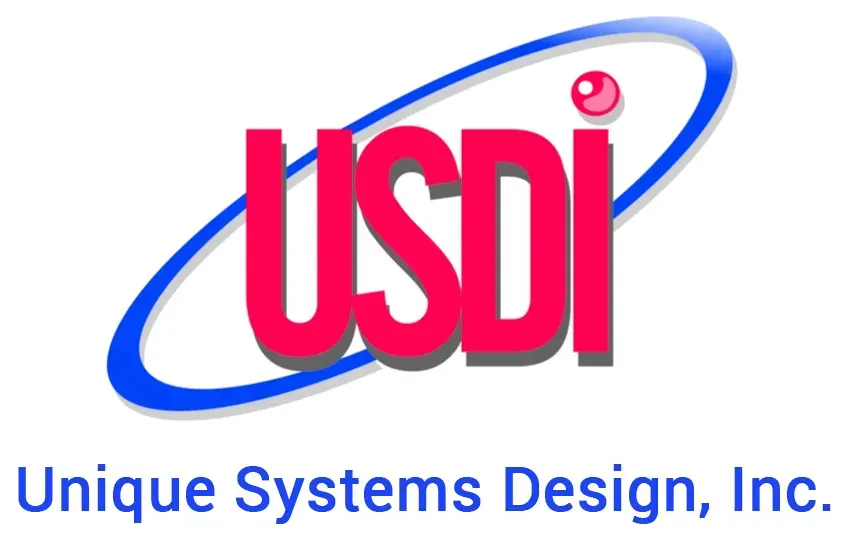What Is Agile Software Development?

Agile is a term used in software development and project management that allows a company or team of individuals to deliver faster, higher quality results to the end customer. The agile approach has four key differences compared to a traditional approach of developing software for customers.
1.People & Collaboration Driven
The Agile process is people and collaboration driven rather than the traditional approach that is process and tool driven. There is collaboration in every step. Engineers on the service-end collaborate within a team, and the engineering team collaborates with the customer during the process. In a traditional approach to software development, there is little involvement from the customer, and engineers utilize tools along with the software itself to get the job done.
2.Customer Involvement
An Agile approach involves the customer in every step along the way; starting at project inception to project launch. The traditional approach sticks to the original plan and shows the customer a finished result at the end. When a customer is involved with each step of the project, it leads to a higher level of satisfaction with the end results as their questions and concerns are addressed by the engineers as they arise.
3.Welcomed Changes
As customers work with developers using an Agile process, changes along the route are welcomed which leaves little room for error upon completion of the project. The customer has flexibility and control to change their mind mid-process after reviewing requirements before launch. The customer’s vision is ensured by the engineers with each party working closely together and communicating effectively.
4.Tracking Software
Software is used to measure success in the Agile approach instead of the rigorous document storing and rewriting used in traditional developments. This provides more time to focus on getting the project done rather than worrying about the documentation.
An Example of Agile Software Development in Simple Terms
You have a vision for your office to have white paint on the walls. You hire a team of painters get the job done by the end of the week. You realize on the third day after they start painting the walls that your vision is different than the real-time results and would like to change the color. You bring your concern to the painters’ attention before they are finished. They give a recommendation for a new color based on what previous customers have used in the past. Together, you decide on blue, and they begin painting the walls blue instead of white.
A traditional response in this situation would be the painters completing the walls with white paint, only showing you the walls upon completion, and offering no changes or alternatives in color no matter your response or feeling about the result. They may start a new project with you for the walls to be painted blue, however, the white walls and blue walls will always be different projects billed separately.
Similar to the paint analogy, the agile software development process involves a team collaborating to complete your request, allowing you to see steps in the process, and is flexible and helpful when you want to change paths. Instead of deciding between the colors of paint, it would be different elements of software design that is changed along the route.





